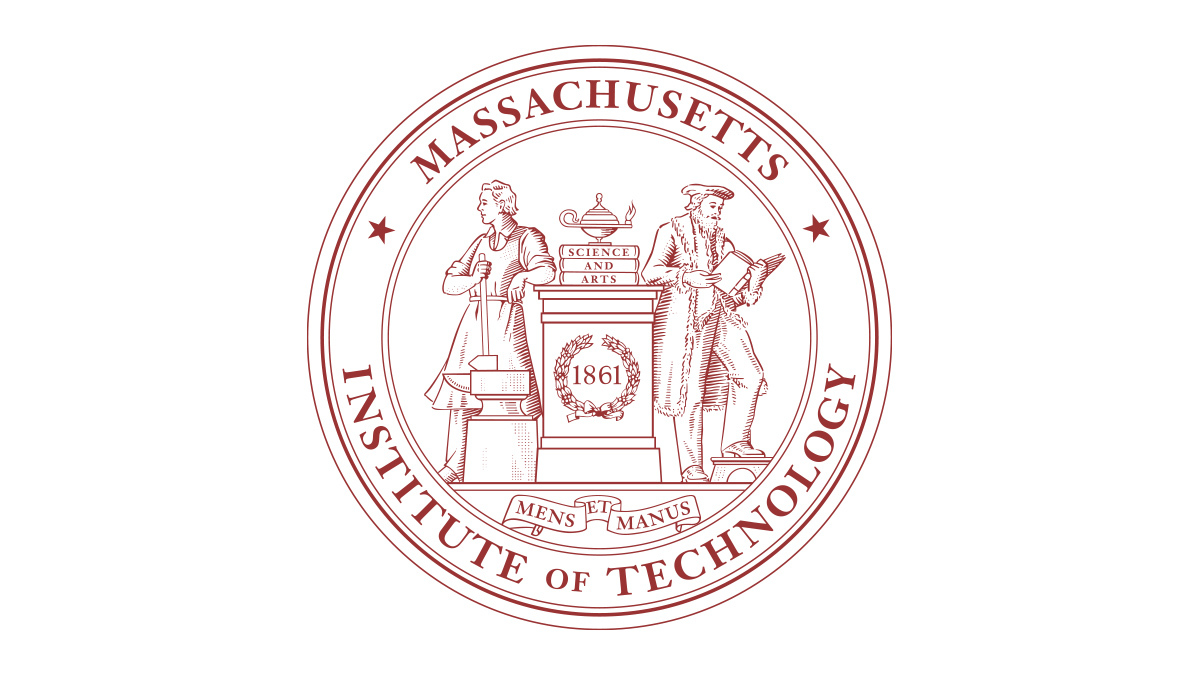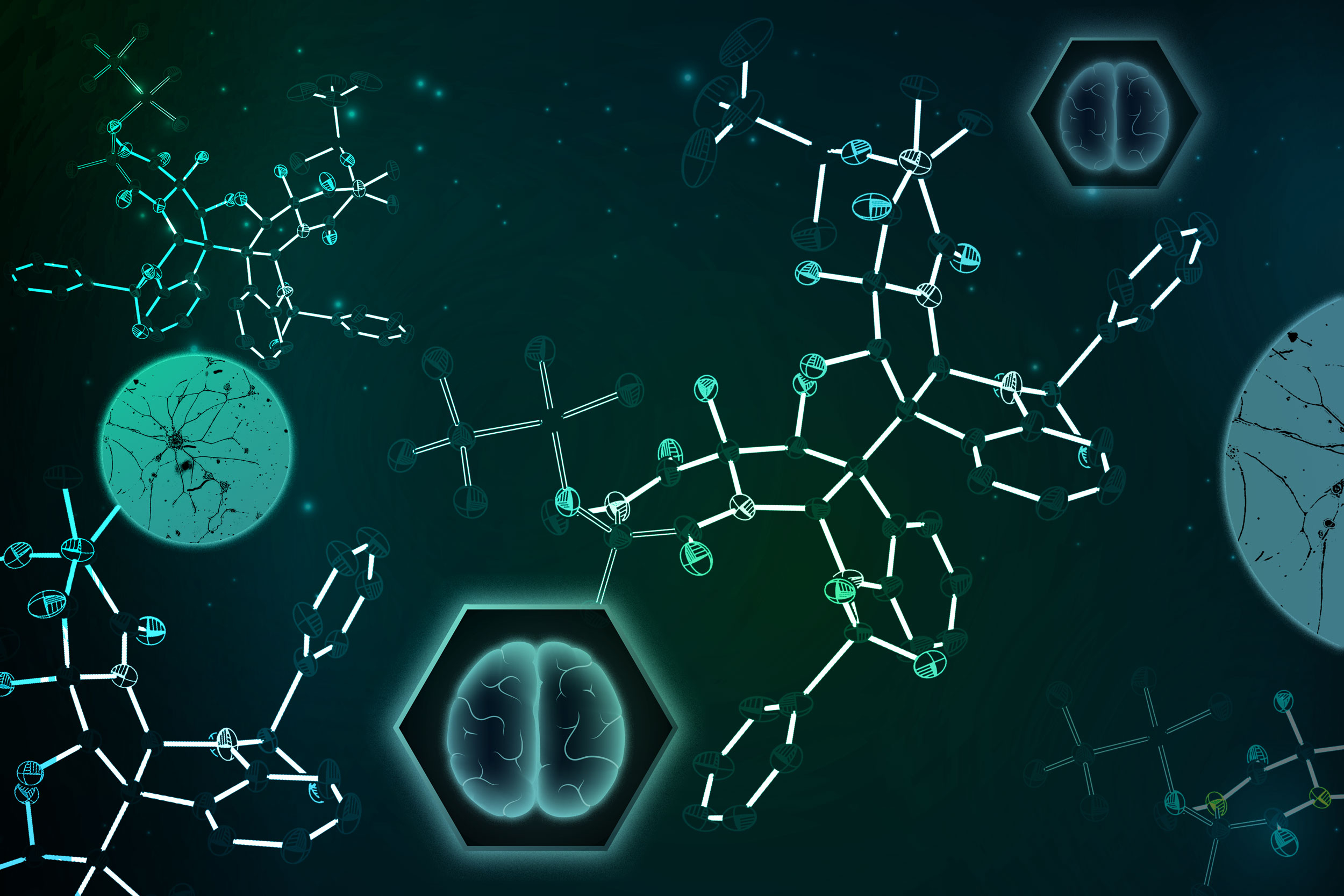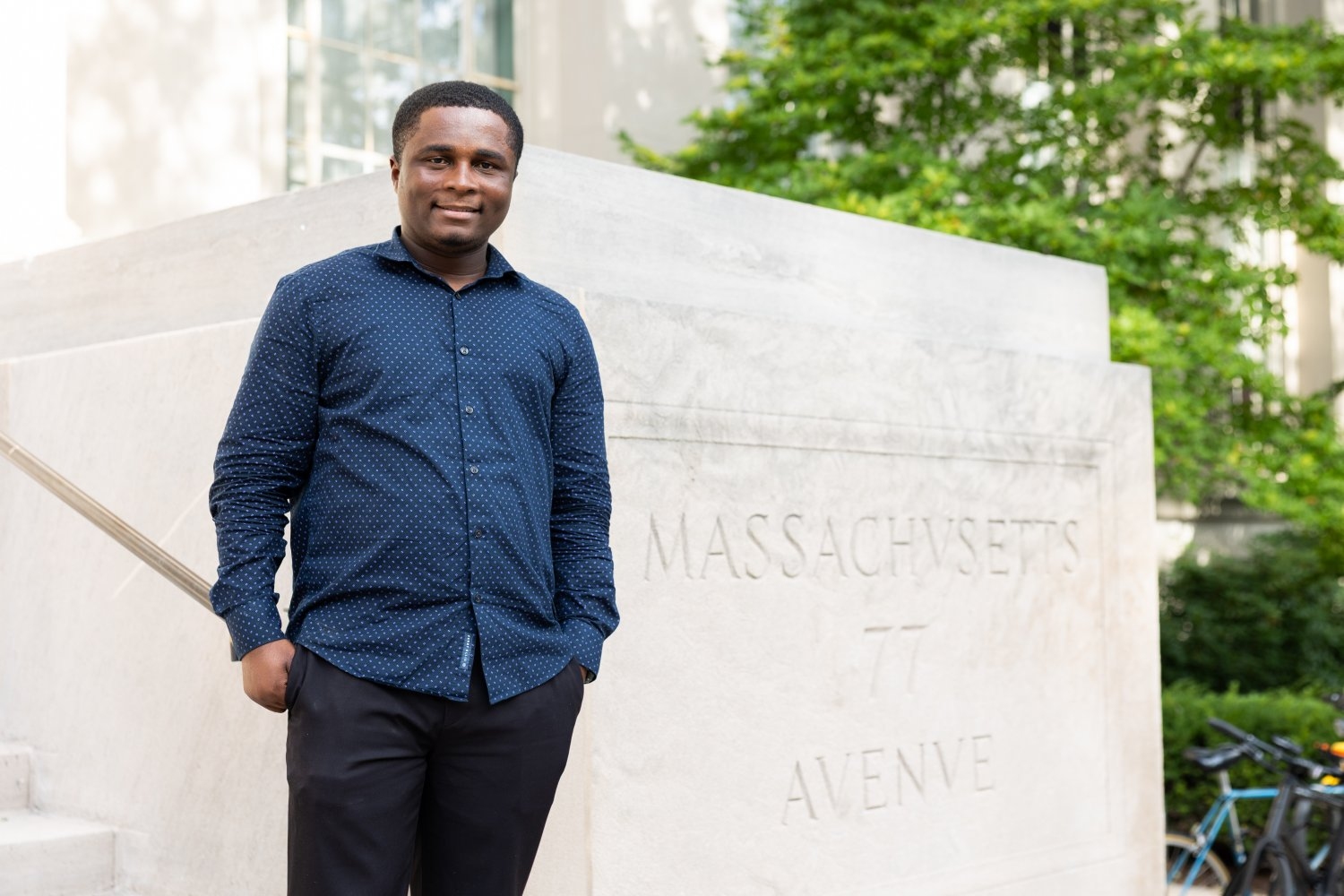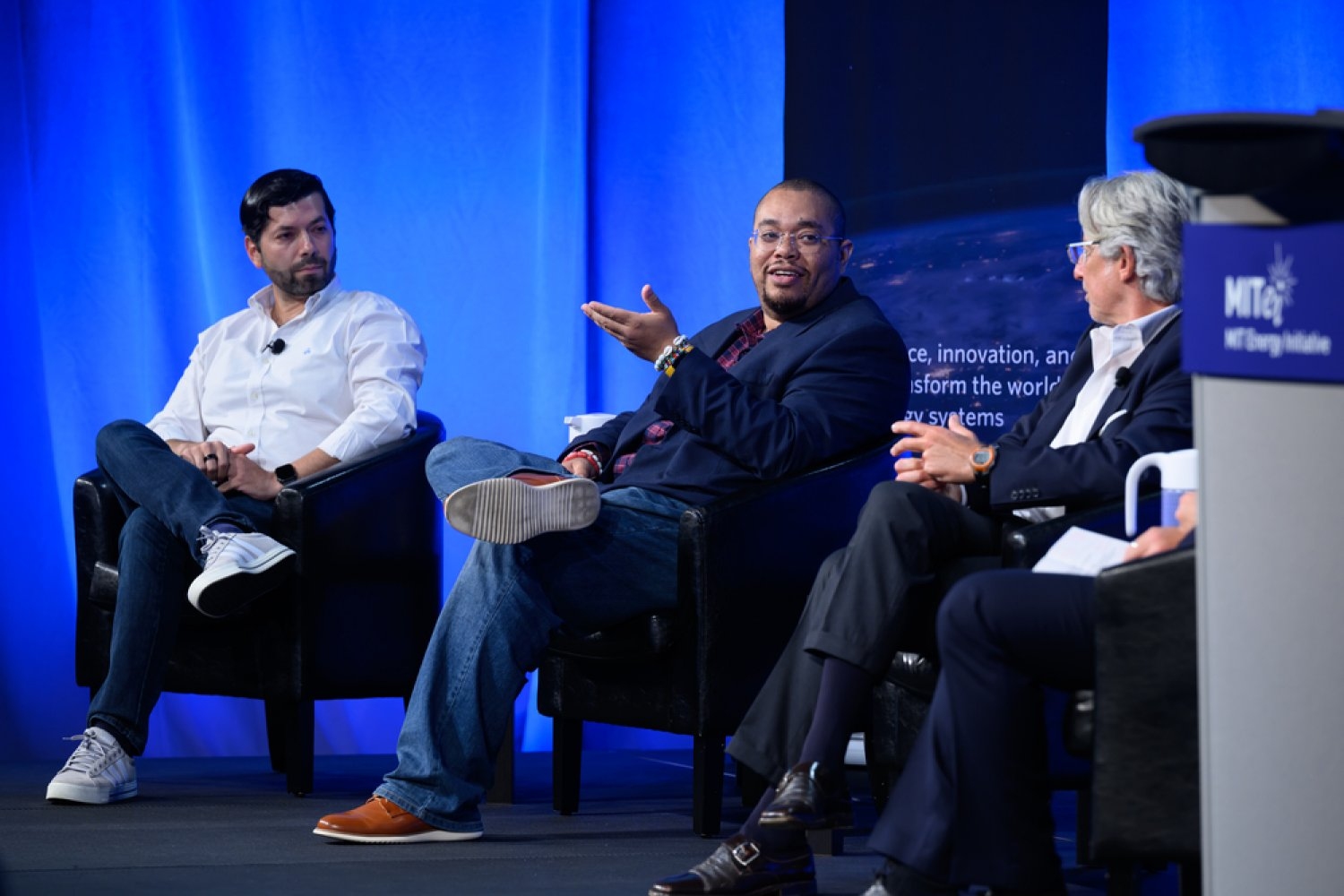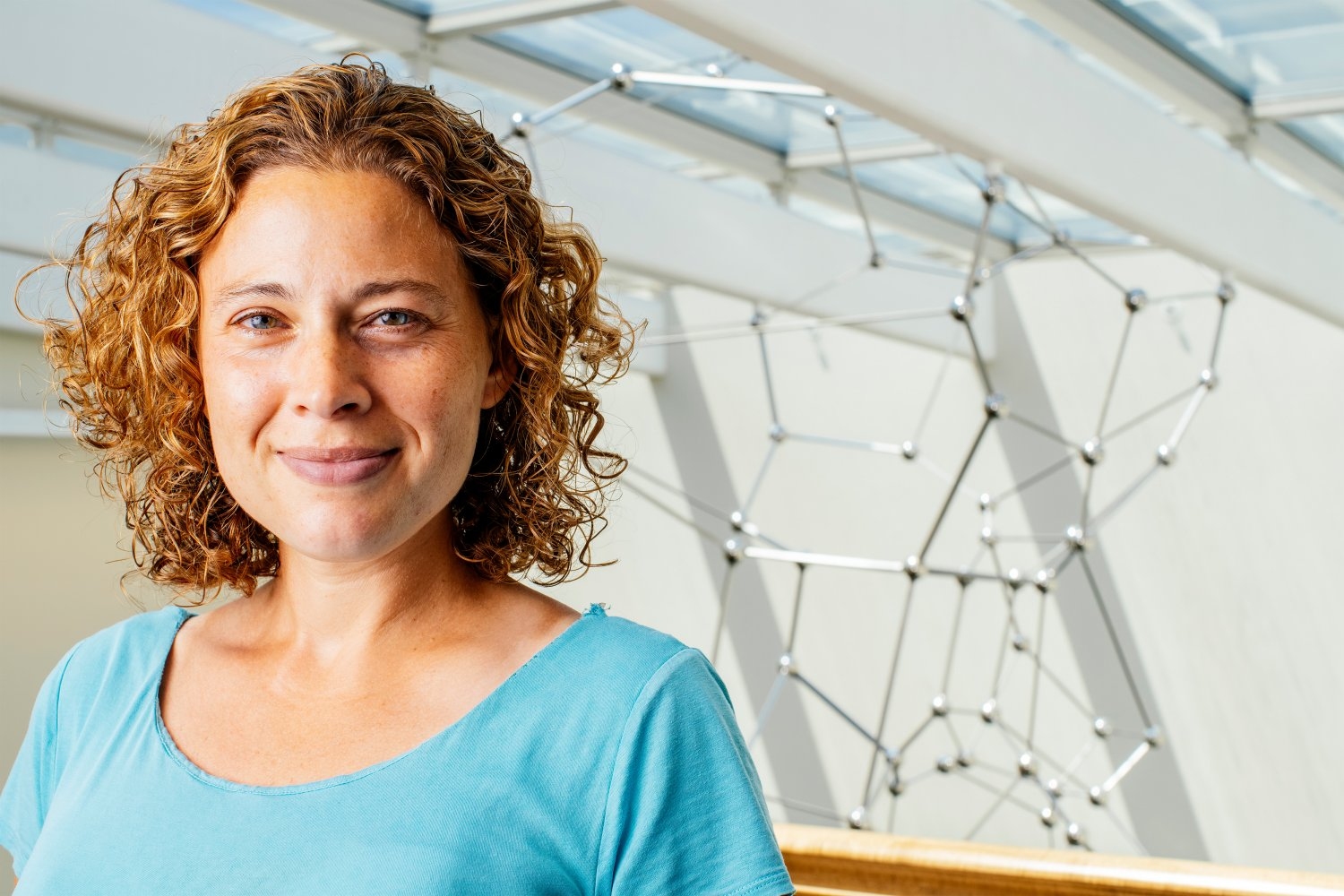Letter regarding efforts to address systemic racism at MIT
The following letter was sent to the MIT community on July 1, 2020 by President L. Rafael Reif.
To the members of the MIT community,
Every day brings fresh evidence that our society has arrived at a turning point.
For years, the nation has grown increasingly unstable, the predictable result of tolerating severe economic and racial inequalities. This spring, the sudden crisis of Covid-19 highlighted and magnified those inequalities. And through a cascade of horrific killings of Black Americans, including the public killing of George Floyd, the long crisis of systemic racial injustice and violence finally commanded the nation’s attention.
With such unstable underpinnings, it is no wonder this moment feels precarious. It is extraordinary, therefore, that it also feels hopeful.
We have a historic opportunity to accelerate the transition to a more just and equitable future. To help achieve lasting progress on racial justice and equality everywhere, as a community, we must be part of that transformation. It is our responsibility to use this moment of tectonic social change to build a better MIT – an MIT that works for everyone.
As we approach this challenge, I would like to frame it with four observations.
First, to do this work effectively, we must do it together – as we never have before. This time, all of us – especially those who are white and those in positions of leadership, at every level – need to be all in, individually and together, in the struggle to achieve racial equity and justice at MIT.
For decades, countless Black and brown students, staff, postdocs, faculty and alumni – including many of you reading this letter – have given your minds, hands and hearts to make MIT more diverse, equitable and welcoming. Since 2010, you have clarified the problems and proposed solutions through a seminal report, extensive recommendations and, most recently, the petition to Support Black Lives at MIT. I know that this work has often been exhausting and has included great heartache and frustration. I know that you have too often struggled alone – and that many of you have carried the invisible, uncompensated burden of this work on top of the work you came to MIT to do.
To honor your insights and the disproportionate burden of your labor, the rest of us must recognize and reject the societal status quo that, over and over, assigns the job of fighting racist structures to the people held down by those structures. We need to make our community more equitable and inclusive – and this time, all of us must shoulder that work.
* *
Second, to achieve a different outcome – deeper, more systemic, more lasting change – we need a different approach.
At the Institute level, MIT has invested for years in multiple efforts to support students of color and to make headway on racial equity and inclusion. But whatever we have done, and however earnestly we have done it, we need to acknowledge that it has not been effective enough. For instance, an array of recommendations in 2015 from the Black Students’ Union (BSU) and the Black Graduate Student Association (BGSA) inspired substantive changes. Yet as the student members of the Academic Council Working Group recently emphasized, important work remains unfinished. What’s more, while MIT’s decentralized structure has allowed for great advances on inclusion in some units and departments, it has served to hamper Institute-wide progress.
In short, systemic change will require a coordinated, systemic strategy, with active support from across the Institute.
One step in the right direction is the commitment we made in February that each of MIT’s five schools and the College of Computing will hire a senior officer to guide and gauge concrete progress on diversity, equity and inclusion. Despite the pressure of Covid-driven budget reductions, we stand firm on this allocation of funds.
The next step is even more important: With the leadership of Institute Community and Equity Officer John Dozier and Associate Provost Tim Jamison, and with the full support of Academic Council, we are about to engage the community in developing and implementing a comprehensive, Institute-wide action plan for diversity, equity and inclusion (DEI) – a plan that will be central to MIT’s overall goals and strategy.
The plan will take shape with input from across the community – staff, students, postdocs, faculty and alumni – including representatives from the BSU and the BGSA. It will establish clear, coordinated Institute-wide objectives, define practical steps for achieving them and include transparent accountability. Its success will depend on the enthusiastic engagement and personal commitment of deans, department leaders – and every one of us at MIT.
In early August, the project will kick off with the announcement of a process and timeline for broad community engagement, geared to produce a strategic action plan in February 2021.
In the meantime, I encourage department and unit leaders to work with their own communities to pursue immediate action. And I believe we can also jump-start progress in areas where needs are already clear. As two examples:
- We will make it a priority to raise funds for new endowed graduate fellowships for students from underrepresented groups. The deans of the five schools and the college have together committed more than $17 million in new endowed funds, and the provost will provide an additional $1 million in expendable fellowship funds while we ramp up the fundraising.
- We will increase MIT’s purchasing and contracting with minority-owned businesses, including Black-led enterprises, with the leadership of Vice President for Finance Glen Shor. Once we have developed specific Institute objectives to make this happen, we will share them with the community.
* *
Third, in an era of bitter divisiveness, our strikingly global and diverse community has demonstrated a remarkable capacity to stand up for one another and respect our common humanity – from the outpouring of love and support for MIT Police Officer Sean Collier, murdered while protecting our community after the Boston Marathon bombing, to our collective stand against the ban on travel for those from several Muslim-majority countries, the threats to our DACA students, attacks on LGBTQ+ communities, and anti-Asian suspicion and harassment, including maltreatment stemming from racist rhetoric about Covid-19.
Another important precedent: During the emergence of the Black Lives Matter movement, the BSU and BGSA formed a set of recommendations and went out of their way to consult and include the concerns of other underrepresented groups across MIT. We can and must bring that spirit of mutual respect and shared problem-solving to this moment too.
Nationally, it is obvious that fundamental concepts about policing and race must be rethought and reformed. The recent community petition asks that we bring that thinking home and look inward, to reexamine the nature and role of policing at MIT. For instance, it expresses strong interest in making campus police practices more transparent, through ideas like public reporting of police misconduct and sharing the criteria and process the MIT Police Department uses in vetting, hiring and promoting officers.
Last week, Black student leaders, MIT Police and senior administrators met to launch an ongoing dialog about these and other ideas, and future meetings are in the works. They agreed to work together to review topics in the petition, including alternatives to current campus police response practices, and to determine the right process for exploring options that might enhance our police department’s service to the MIT community. With Vice President and General Counsel Mark DiVincenzo and Chief of Police John DiFava leading the administration effort, I am confident we are on our way to constructive change.
We approach this work in the spirit of One MIT, knowing that the officers who serve on our campus are also members of our community. To the officers reading this letter: We have immense gratitude and respect for your dedication, your service and your willingness to engage in discussion, problem solving, and new thinking about policing and community safety practices at MIT.
* *
Fourth and finally, our community has long demonstrated its openness to facing hard facts. This is an MIT strength – and we cannot battle racial injustice without it. To make the most of this moment, we must use that strength to add to our knowledge, confront our history, challenge old understandings, and listen to and learn from voices in our community that have been kept at the margins.
1. With funding from the Provost’s Office, we will make a combination of immediate investments in antiracist research at MIT, totaling $1 million, and seek additional sources. The goal is to seed new research, amplify existing research, create links between related efforts across MIT and establish connections with research at other institutions.
2. Recognizing the deep moral value of exposing and addressing the history and persistence of racial inequality and injustice on our campus, we will continue to support the groundbreaking class “MIT and Slavery,” to showcase its research findings and to find new ways to help the whole community learn from them.
3. The Provost’s Office will fund a new research project on the history of Native Americans and MIT and share the findings with our community and the wider world. Administratively, Tim Jamison and John Dozier will guide the launch of the class and lead further efforts to meet the needs of Native students on our campus and establish stronger, lasting ties to Native American alumni and communities.
4. We will reexamine our roster of Institute holidays with an eye to equity and inclusion, with leadership from John Dozier and VP for Human Resources Ramona Allen. The best way to make such changes smoothly will be through engaging and educating the community about the need for change.
5. And the provost will appoint an ad hoc committee of staff, students, postdocs, faculty and alumni to recommend artistic and cultural responses that will affirm and inspire our community in this complex moment, and to identify ways to fund them. These may amplify elements of our curriculum – and extend beyond it. Music, visual art, poetry, storytelling and performance have the power to help reveal our history, heal old wounds, deepen understanding, lift our hearts, call us to action and sustain the momentum for progress.
* *
I know that many in our community already feel stretched to the limit by the direct impacts of Covid-19 and the resulting pressure to reinvent MIT. We all feel it.
But we are members of an institution with a proud record of national service. In this moment of crisis, we must find the strength to understand and help dismantle the modern manifestation of a system of racial injustice that, for four centuries, has betrayed our society’s highest ideals.
History will judge us by how well we use this moment to achieve lasting change. We start that work at home, at MIT.
For many of the ideas presented here, we owe a debt of gratitude to African American members of our senior faculty, to the leaders of the BSU, BGSA, Undergraduate Association and Graduate Student Council, and to the student members of the Academic Council Working Group. Through these steps, and the comprehensive scope of our strategic action plan, I am confident we can build an MIT that is more equitable and just. And through this shared work, we will come to embrace the Institute’s great mission with fresh energy, clarity and purpose.
With intense appreciation for all of you, and high hopes for what we can and will achieve together,
Sincerely,
L. Rafael Reif

